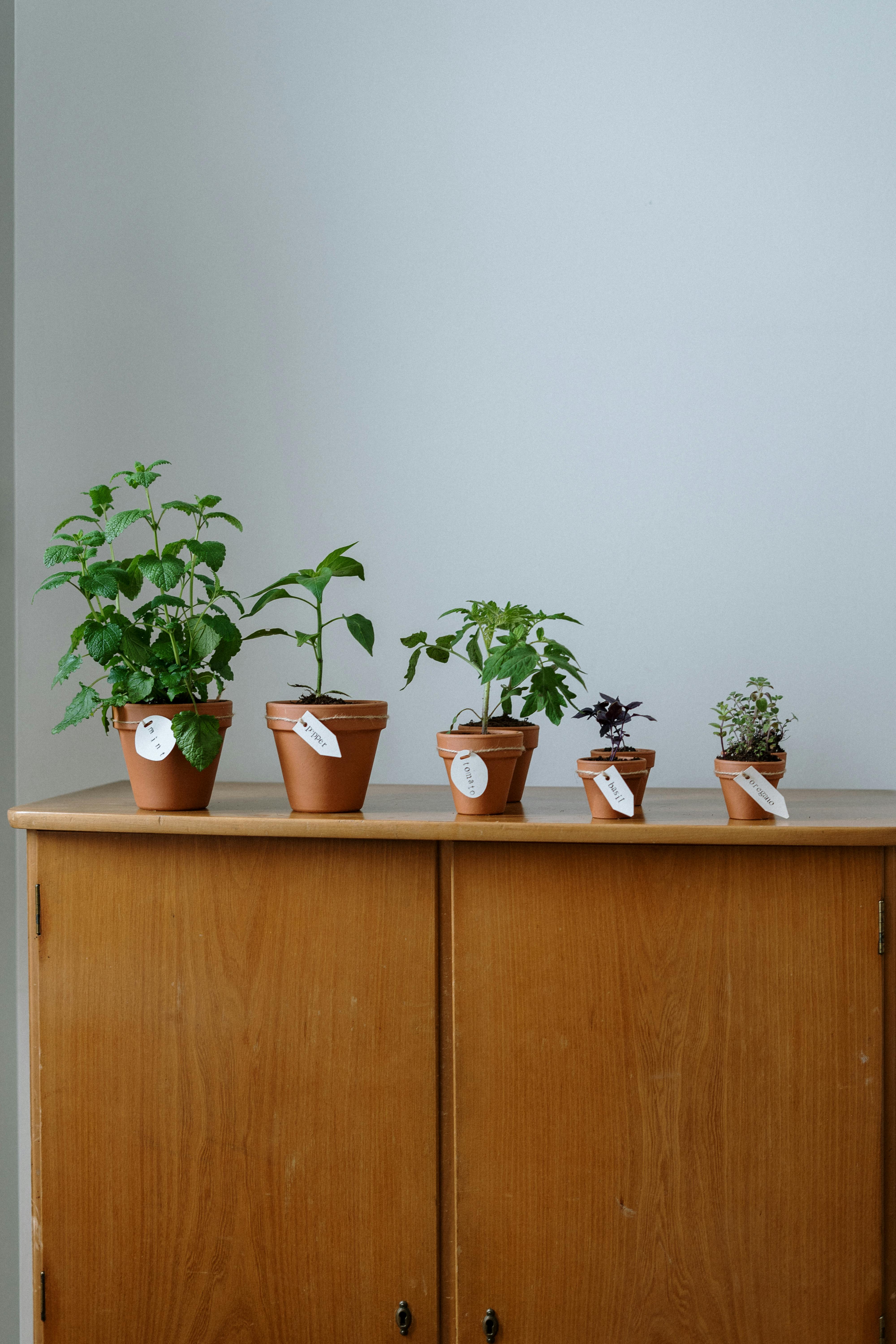How to Properly Pick an Avocado: Expert Tips for Perfection

How to Properly Pick an Avocado: Expert Tips for Perfection
Choosing the perfect avocado can be a delightful yet daunting task for many. With so many varieties and ripeness levels, it’s essential to know what to look for to ensure your avocados are ripe and ready for your favorite dishes. Whether you're preparing a fresh salad, creamy guacamole, or delicious avocado toast, the right avocado can significantly impact the flavor and texture of your meal.
This article serves as an expert guide on how to select ripe avocados, including essential tips and techniques for picking avocados that are not only delicious but also of the best quality. We will explore different indicators of avocado ripeness, signs to look for, and the best practices for buying avocados as well as storing them properly.
By the end of this guide, you’ll be well-equipped to choose avocados like a pro, guaranteeing a delightful culinary experience every time. Let’s dive into understanding how to pick an avocado for various recipes!
Understanding Avocado Ripeness: Signs and Characteristics
Building on the basics of avocado selection, it's crucial to grasp how ripeness affects the quality and enjoyment of your avocados. When choosing ripe avocados, consider several defining signs and characteristics that indicate they are at their peak.
Visual Indicators of Ripe Avocados
One of the first things to check is the color of the avocado. Generally, ripe Hass avocados exhibit a dark green to nearly black color. The skin should also appear slightly bumpy. However, not all avocado varieties darken in the same way, so it’s important to know the specific variety you are selecting.
Firmness Testing: How to Gauge Ripeness
Physical firmness is another reliable indicator when selecting ripe avocados. Gently press the avocado with your palm (avoid using your fingertips as this might bruise the fruit). A ripe avocado will yield slightly but not feel mushy. Underripe avocados will feel firm, while overripe avocados will feel soft and may have indentations.
The Role of the Stem: Checking for Freshness
The stem of the avocado can provide additional information regarding its ripeness. If the stem is still attached, gently remove it. If the area underneath is green, the avocado is likely ripe. A brown area indicates overripeness, while a missing stem signifies it has probably been picked too early.
Techniques for Selecting Avocados in Stores
Once you're aware of the physical cues related to avocado ripeness, it's time to implement specific techniques when buying avocados in stores. These methods will help you consistently choose avocados that are ready for your culinary needs.
Understanding Avocado Varieties
Different varieties of avocados have different ripening characteristics. For example, the Hass variety, which is most popular, has a rough skin texture and darkens significantly as it ripens. Knowing the variety can aid in knowing what to expect when selecting them at the supermarket.
Seasonal Avocado Picking
Being aware of avocado harvesting seasons is beneficial. The best time to buy avocados is typically during their peak season, which varies by region. Often, purchasing during these periods means you will find tastier and more affordable avocados.
Store Displays and Quality Indicators
Pay attention to how avocados are displayed in the store. Avocados that are piled haphazardly can lead to bruising and scratches. Choose fruits that are placed carefully and show no signs of damage. Remember to check for their firmness and follow the earlier tips on ripeness.
Proper Handling and Storage Techniques for Avocados
Knowing how to pick a perfect avocado is only half the journey; proper handling and storage are equally important to maintain their quality and prolong freshness. Here are some essential handling and storage techniques.
Best Practices for Ripening Avocados at Home
If you've purchased underripe avocados, you can ripen them at home by placing them in a brown paper bag at room temperature. Adding an apple or banana can expedite the ripening process thanks to the ethylene gas they emit. This is a great way to have ripe avocados ready for your recipes.
Storing Ripe Avocados for Longevity
Once your avocados are ripe, store them in the refrigerator to slow down further ripening. Be sure to keep them whole until you are ready to use them, as cutting them can cause browning and spoilage. If you do cut them, drizzle with lemon juice and store in an airtight container.
Avoiding Common Mistakes with Avocados
One common mistake is purchasing avocados without checking for quality indicators. Always be cautious of overly soft avocados that may indicate spoilage. Additionally, avoid those with dark spots on the skin, as this suggests internal bruising or overripeness.
Conclusion: Enjoying the Best Avocados
With these expert tips on how to pick an avocado properly, you can enhance your culinary creations significantly. Whether for salads, guacamole, or spreads, knowing how to select and store avocados ensures you enjoy them at their peak flavor and quality. Remember to assess the visual cues, test for firmness, and choose the right variety suited for your needs. Happy avocado picking!